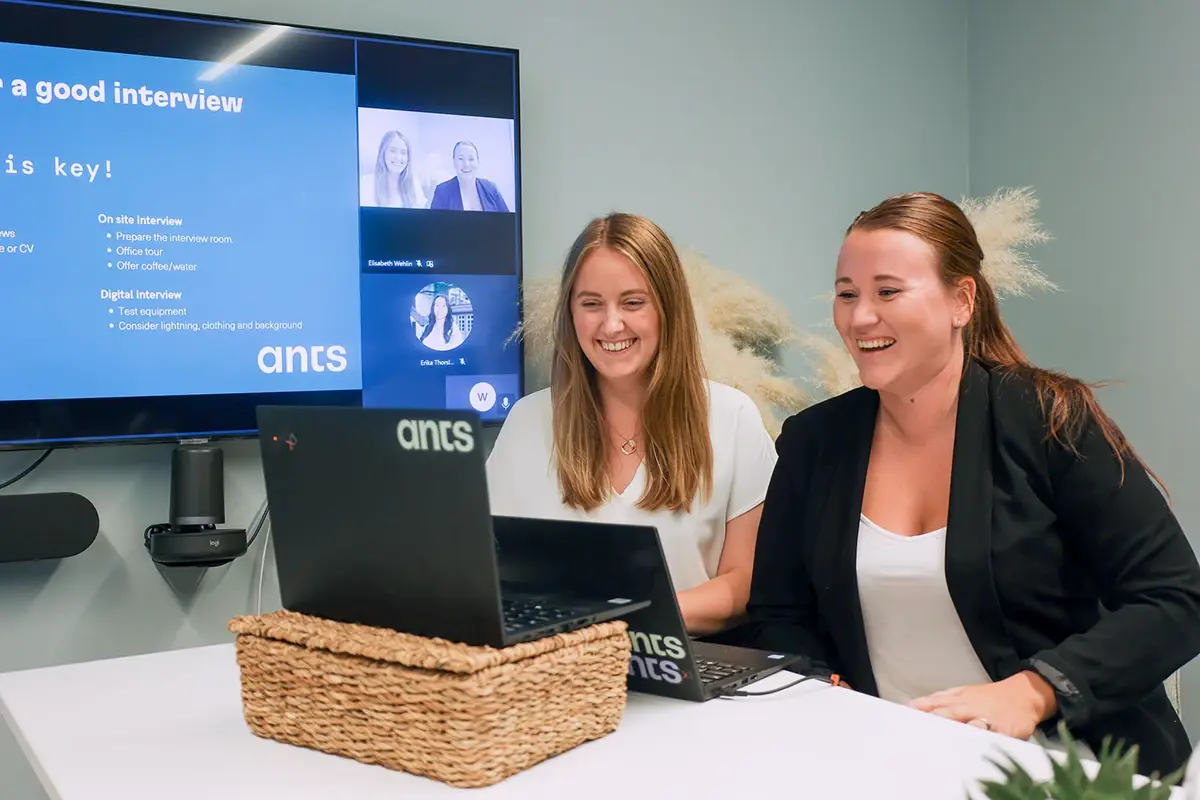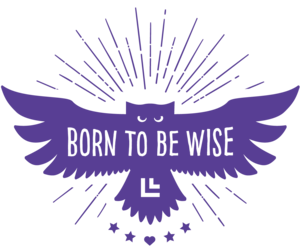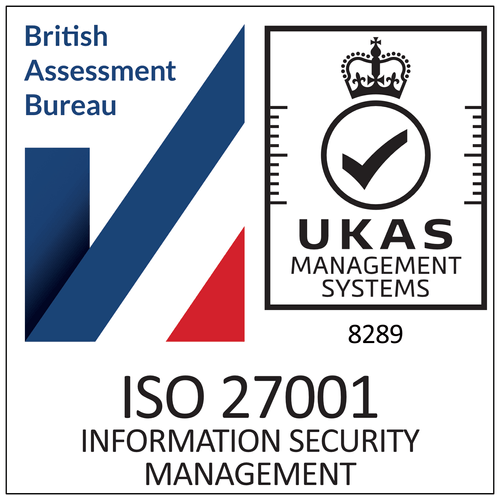Ants Tech Recruiters are experts in tech recruitment and employer branding. Their success is built on strong customer relationships and specialist skills. Ants' consultants work close to their customers to give tailored expert advice.
Ants is a learning organization. All employee are given skills development opportunities within their areas of interest. Internal training drives both personal and organizational growth. Internal subject matter experts contribute to training and share their skills, which is a way of leveraging internal knowledge.
The values are built on collective learning. Team success means greater success. The goal is to become thought leaders and drive industry innovation. Alongside the core business, employees are frequent speakers at external trainings, roundtables and conferences.
Julia is passionate about learning. She is responsible for evaluating and optimizing internal training and knowledge sharing. Her work includes quality assurance, liaising with subject matter experts, and measuring short and long term learning goals. She plays an integral role in building the organization's learning culture.

Julia Florén, Learning & Development Manager, Ants Tech Recruiters
Challenges
- Organizational growth means more training opportunities
- Training employees across multiple locations
- Manual admin and follow-up
- Addressing multiple different skill needs
- Plenty of courses - but no central hub
- A hard-to-navigate intranet
- "Too many chefs in the kitchen" when involving the organization
1. Organizational growth means more training opportunities
Ants is on a steady growth journey. In just 3 years, the company has grown from 40 to 140 employees. Being a learning organization, more employees means more training.
The need for automation and scalable processes arose early in the process. Ants wanted to meet the growing expectations of a structured and professional course offering. It was crucial to find a long-term solution to support future growth.
2. Training employees across multiple locations
Ants used to teach and share information in a physical classroom environment. But as the organization expanded into new locations (and remotely), this format was no longer an option. Logistics and follow-up became increasingly difficult as the organization grew.
3. Manual admin and follow-up
With a growing workforce, manual admin and follow-up quickly became a burden. It became too difficult to keep track of enrollments and course history using Excel spreadsheets. Self-reporting also proved challenging. In addition, Google forms were used for evaluations and Word documents for note-taking.
To cope, Ants hired a Learning & Development Coordinator to manage training-related admin. However, these manual tools provided limited access to data and follow-up. It also became difficult to find continuity and routines for admin and reporting. As a result, the L&D team experienced outstanding tasks and ad hoc projects.
"We wanted a modern and user-friendly LMS that could support the L&D team and reduce the time we spent on admin and follow-up. Our ambition was to create a go-to hub for all types of learning."
- Julia Florén, Learning & Development Manager, Ants Tech Recruiters
4. Addressing multiple different skill needs
In a growing organization, there are plenty of different skill needs to cater for. Employees might be in different stages of their company journey, life, and career. New employees usually have different needs than their more seasoned colleagues.
Organizational maturity also requires new competencies. Ants operates in a dynamic business landscape with constant innovation. To gain a competitive advantage, the company needs to make the right priorities and ensure that training align with the business objectives.
5. Plenty of courses - but no central hub
Despite a rich course offering, Ants lacked one central, go-to hub for learning. To encourage self-directed learning, they required an internal academy of both scheduled courses and self-paces e-learning.

6. A hard-to-navigate intranet
For compiling and distributing information, Ants used an intranet. It provided employees with learning resources such as guides, FAQs, and course-related documents. The amount of information eventually made the intranet difficult to search and navigate.
Employees struggled to find what they were looking for and sometimes used the resources incorrectly. Also maintenance and quality control became too difficult and time-consuming for admins.
7. "Too many chefs in the kitchen" when involving the organization
Ants is a learning organization who involves their employees in training. Internal subject matter experts are given the opportunity to contribute to, or take full ownership of, learning materials. As the organization grew, so did the number of course contributors.
To maintain the same high quality, the organization required more structure and better communication. Clear processes and information around responsibilities and learning goals were crucial. Without a mutual understanding, employees risked taking on similar tasks and making duplicate work.
Solutions
- Scalable training formats
- Automated processes reduce the need for manual admin
- The internal academy provides structure and boosts motivation
- Blended learning environments address multiple different skill needs
- Training on the employees' terms
- Go-to hub for all types of learning
- User-friendliness enables more people contribute to training
- Coaching and a network of learning organizations
1. Scalable training formats
Online learning through Learnster's LMS caters for more learners. Re-packaging content from classroom training into online sessions or self-paced e-learnings means more employees can participate. Training is now more accessible and remote-friendly.
Instructors can now create more condensed courses. They no longer need to prepare for recurring training sessions, which frees up valuable time for follow-up, quality control, and developing the course offering.
2. Automated processes reduce the need for manual admin
Many of the manual processes and repetitive tasks are now gone, thanks to Learnster's automation rules. Sending out reminders, evaluations, and course-related documents are now part of an automated workflow.
Thanks to the user-friendly authoring tool, the course creation process has also become more efficient. Having all content available in one place makes it easier to manage. By duplicating courses, templates and documents, instructors no longer have to create everything from scratch.
"We had demos with several LMS providers, but only Learnster was the perfect fit. The platform is modern, user-friendly, and enables us to automate manual processes."
- Julia Florén, Learning & Development Manager, Ants Tech Recruiters
3. Internal academy creates structure and boosts motivation
Ants has launched the internal academy Techrek Academy with Learnster's catalog function. With more clarity and better structure, it is the organization's go-to hub for both mandatory and optional training. The courses are categorized based on role type, seniority, and phase of the employee journey. Supporting materials are part of the course outline, instead of distributed as separate documents.
Increased accessibility encourages self-directed learning. Today, all learning resources are available in one place. Employees can also track their own progress and upcoming courses, which makes it an individual training plan. Also, team managers can track, plan, and follow up on their employees' learning journeys to provide better support.
Going forward, the ambition is to keep developing the academy with courses for individual career goals and areas of interest. Content is based on feedback and input from both employees and subject matter experts, with a focus on the employee life cycle.

4. Blended learning environments address multiple different skill needs
Today, there are many different learning formats and environments to choose from, depending on the purpose and type of training. The combination caters for multiple different skill needs and learning goals.
Non-instructor led training is distributed as self-paced online courses, which can be completed anytime, from anywhere. The format is well-suited for introductions and theoretical training. Online classroom sessions are used for theoretical training, advanced level training, and discussions. Day-to-day information is packaged as micro-learnings and accessible resources on the go.
5. Skills development on the employees' terms
Blended learning environments provide formats for all employee, based on individual learning needs and preferences.
The combination of texts, images, videos, and online meetings makes learning dynamic and engaging. With self-paced online courses, learning can take place anytime, anywhere. Employees are in charge of their own time and their own skills development.
6. A central hub for all types of learning
Learnster Resources makes articles, guides, manuals, and videos categorized and searchable. It allows just-in-time (JIT) learning and learning at the point of need. The improved accessibility makes employees less inclined to use external, and potentially less appropriate, information sources. It is also used for distributing guidelines for managers, instructors, and subject matter experts. Examples include “Expectations of a course instructor” and “How to follow up on your employee's learning journey”. Making admin easier, Learnster Resources has replaced the previous intranet.
7. User-friendliness enables more people contribute to training
Learnster's user-friendly authoring tool enables everyone to contribute to training - regardless of previous experience. Dynamic admin roles give employees admin rights suitable to their responsibilities.
Subject matter experts can create, update, or take full ownership of training materials. They can examine the course content and identify areas of improvement. Team managers can track and follow up on their employees' learning journeys in order to provide better support.
By involving the organization, Ants gets valuable insights into skill needs and learning priorities, which is key for planning and implementing future learning initiatives.
"The Learnster team has shared valuable know-how about templates, processes, and their approach to learning. It has been vital for our structure and continued growth."
- Julia Florén, Learning & Development Manager, Ants Tech Recruiters
8. Coaching and a network of learning organizations
Implementing Learnster was a close collaboration between Ants' L&D team and Learnster's Customer Success team. The process included training, preparations, and customizing settings. Following the roll-out, regular meetings are being held to share the user experience, feedback and practical tips. In between these sessions, Learnster's support is always available for guidance and advice.
Ants' L&D team has also been introduced to other, like-minded organizations through Learnster's Customer Success team, to share best practices, thoughts, and ideas aroundopportunities and challenges.
Results
- More employees can participate in training
- Physical gatherings are used more efficiently
- Less admin - more focus on value generation
- Courses rank higher
- More self-initiated learning
- Personalized learning journeys
- Employees find what they need, when they need it
- More everyday learning and peer-to-peer recommendations
- Employees stay longer
- Subject matter experts have better routines
- More employees contribute to training
- Learning that boosts competitiveness and supports business goals
1. More employees can participate in training
Since introducing Learnster, more employees can participate in training. By re-packaging content from physical classroom sessions into online courses, employees can complete training anytime, anywhere, which boosts the learner capacity. The digital format enables Ants to boil down the content and make courses more concise. Instead of spending several hours on training, employees can now learn something new in just a few minutes.
"Instead of spending several hours on training, employees can now learn something new in just a few minutes."
- Julia Florén, Learning & Development Manager, Ants Tech Recruiters
2. Physical gatherings are used more efficiently
Ants has replaced physical gatherings with online learning for basic theoretical studies and information sharing. Instead, they now use physical gatherings for reflection and discussion of more in-depth or complex topics.
3. Less admin - more focus on value generation
Automated processes have reduced the amount of manual admin and repetitive tasks. As a result, Ants' Learning & Development Coordinator spends 50% less time on admin, which frees up time to improve and develop the course offering.
Instructors no longer need to prepare for recurring training events, thanks to self-paced online courses. Instead, they can use this time to develop new courses that cater for more roles and seniority levels.
"Our Learning & Development Coordinator spends 50% less time on admin."
"Instructors no longer need to prepare for recurring training events. Instead, they can use this time to develop newcourses."
- Julia Florén, Learning & Development Manager, Ants Tech Recruiters
4. Courses rank higher
Today, courses get higher rankings from employees. Thanks to the internal academy, the course offering has become more structured and professional. With better routines for evaluation and feedback, Ants can better meet internal skill needs. Internal subject matter experts help ensure quality by contributing with their knowledge and identifying areas of improvement.

5. More self-initiated learning
Through the internal academy, employees can request courses and information based on their areas of interest. With blended learning environments, they can also choose a format that fits their learning styles and needs. This encourages more self-initiated learning and self-leadership. Employees take more ownership their own development boosts self leadership.
6. Personalized learning journeys
Spending less time on day-to-day admin, Ants' L&D team can instead focus on developing the course offering. With more subjects and role-specific courses to choose from, employees can develop and advance within more professional fields. This creates better opportunities for personalized learning journeys.
"Role-specific courses create better opportunities for personalized learning journeys."
- Julia Florén, Learning & Development Manager, Ants Tech Recruiters
7. Employees find what they need, when they need it
Learnster has become the go-to hub for all types of learning, including both courses and other learning resources. The improved structure helps employees find what they need, when they need it. Instructors receive fewer questions about where to find learning resources.
8. Everyday learning and peer-to-peer recommendations
The L&D team has seen higher usage of internal learning resources. Employees have also become better at using internal learning resources for the right purpose, which makes them less dependent on their colleagues. There are also more peer-to-peer recommendations of courses in Learnster. This is a result of improved structure and accessibility.
"Employees have become better at using internal learning resources for the right purpose, which makes them less dependent on their colleagues."
- Julia Florén, Learning & Development Manager, Ants Tech Recruiters
9. Employees stay longer
Improved skills development opportunities boost employee engagement. Employees also find it motivating to contribute to internal training. Being able to grow and develop at the workplace encourages people to stay longer.
10. Subject matter experts have better routines
Subject matter experts have better routines, thanks to clear instructions and course templates in Learnster. The internal academy gives an overview of existing courses and potential gaps. This creates a mutual understanding of processes and responsibilities, which prevents duplicate work.

11. More employees contribute to training
Those who have the knowledge are those take ownership of training. Internal subject matter experts have become more proactive when updating, revising, and developing training. The L&D team has seen increased engagement. More employees want to contribute to training, by either creating new courses or developing existing ones. By involving the organization, Ants gets valuable insights around skill needs and priorities for future training.
"Collective learning plays a central role in achieving our overall business goal: being industry thought leaders."
- Julia Florén, Learning & Development Manager, Ants Tech Recruiters
12. Learning that boosts competitiveness and supports business goals
Training at Ants is an organizational matter. It has become easier to involve employees in training, which helps the organization harness and share internal knowledge.
Collective learning plays a central role in achieving Ants' overall business goal: being thought leaders in the industry. It also contributes to their values: Grow together, which means helping each other grow and develop, and Be the future, which means having a growth mindset and staying on top of innovation.
The internal academy helps Ants accelerate as a learning organization and align with the business strategy Techrek Growth, which means competitiveness through skills development.




